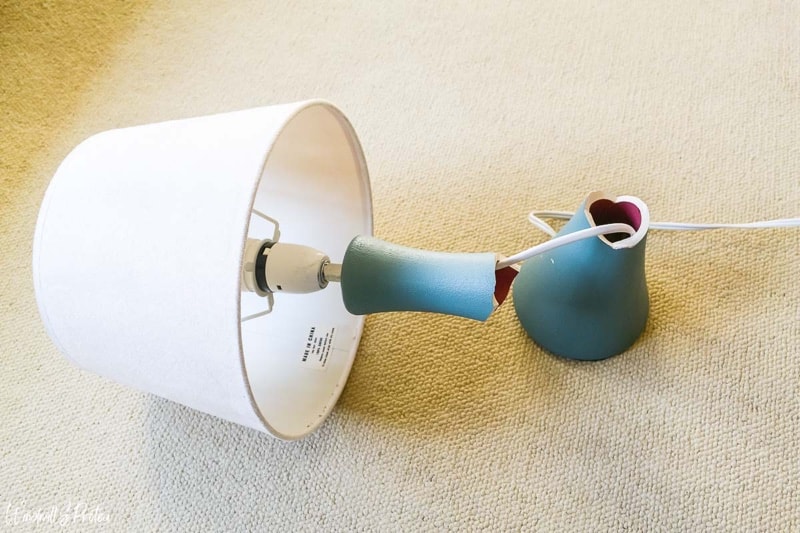Credit card, debit card, prepaid card: what are the differences?

They are the most common card types - credit card, debit card and prepaid card. We explain what the differences really are and what you should consider when choosing one.
A credit card is a term most of us are familiar with, but it's often used incorrectly. Many use the term to describe bank cards with direct debit - but these are debit cards. And there's a good chance you're using a debit card, too - it's easy to check, because for several years now, every card has had to list whether it's a debit, credit or prepaid card.
Debit cards: security and transparency
Bank card for a checking account
With a debit card, you have access to the money in your checking account. Often it is a Visa or Mastercard, both are accepted worldwide.
These cards are linked to your checking account: Payments and withdrawals are debited from your account immediately. No chance of spending money you don't have (unless, of course, you have overdraft credit).
Some banks grant you an overdraft facility after checking your creditworthiness. The overdraft facility is for a certain amount, and if your spending exceeds the balance on your account, you often have to pay hefty interest - an overdraft facility always costs something. The longer the period you use the credit, the higher the fees.
Direct debit cards are both the cheapest and most popular cards - they are ideal for everyday use.
Credit cards: the Anglo-Saxon model
The advance principle
Credit cards and are very different from debit cards. Instead of a direct debit from your account, your bank pays the bill, giving you a "credit". Once a month you have to pay this credit and pay all expenses of the last month. For the following month you will receive a credit again. So the bank or payment institution from which you have your card advances you the money for your expenses. Some institutions also allow you to pay the credit amount in installments.
A credit card is therefore a loan in the form of a card - hence the name. When you receive the card, you also sign a credit agreement. You set the limit for your credit in agreement with the institution that issues your card - this is usually based on your income.
You can make payments and other transactions with the card in the same way as with a debit card. However, ATM withdrawals usually incur fees.
Beware of nasty surprises
It's already dawning on you: with a credit card, you have to be vigilant. You can spend money without worrying - even more than you have in your account.
A new pair of sneakers, a backpack, a round-trip flight to Barcelona next week… It's tempting to spend money without thinking and then not be able to pay the bill at the end of the month. There is an increased risk of getting into debt. And then interest is also due.
The annual fee for a credit card is also usually relatively high. All of this is worth considering, especially if your checking account covers your current expenses and you don't need such a "loan".
Prepaid cards
The new, bankless means of payment
Prepaid cards are also an invention of the Anglo-Saxon countries. There, they existed for quite a while before they became socially acceptable in the entire Eurozone after the ratification of the SEPA law in 2009. Since then, the range of prepaid cards has grown considerably. In short, prepaid cards are a means of payment that allow you to pay without a bank account.
How is this possible? Before you can use the card, you have to load money onto it. Then you perform all the classic transactions as usual: Withdraw money, transfer money, pay with the card. You can only spend the money you actually have. If you run out of money, you can top up your prepaid card again.
With a prepaid card, you don't necessarily have to open a bank account. Payment institutions provide an electronic wallet in the form of an online account, which is also called a bankless account.
A prepaid card can be anonymous if you load it with a maximum of €1,000. Some payment institutions also issue an account number. The card can be in your name or in the name of the institution where you have your account. In the latter case, when you receive a transfer, the card number must also be included.














